We planned a 6 day trip to Kashmir and our journey started with Vaishno Devi Darshan in Jammu.
We flew to Jammu early morning and checked into a hotel. After a quick brunch at the hotel, we took a taxi to Katra, which serves as the base camp for pilgrims who visit Vaishno Devi. Katra is 42 km from Jammu city and it takes about 1 hour to reach there by road. From Katra, the trek to the main shrine or the Bhawan is 13.5 km. There are different modes of transportation to get to the Bhawan, including ponies, paalkhis and helicopter. While going up, we chose to take helicopter services upto Sanjichhat, which is 9.5 km from Katra. We had booked our helicopter tickets a month before the trip. Our taxi dropped us at the helicopter ticket station, from where we had to take the government operated van upto the helipad. The helicopter ride was quick and smooth with amazing views of the Trikuta mountains. It took us about 10 mins to reach Sanjichhat, from where Bhawan is 2 kms away. Then, we took another 30 mins to walk to the Bhawan. After putting our personal items in a locker and buying Prasad, we got in line for the evening Arti. The Arti lasts for 2 hours followed by Devi darshan. Post darshan, we had a quick dinner and took ponies back to Katra. From Katra, our taxi took us back to our hotel in Jammu.
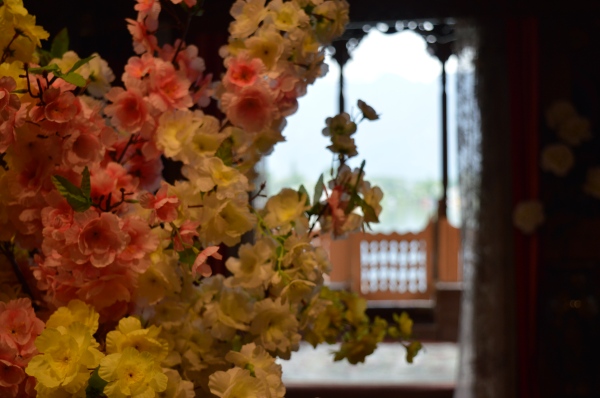
Next day we took a flight to Srinagar and checked into a house boat on Nigeen Lake. Nigeen Lake is located west of Dal lake and is connected to it via a narrow strait. Our house boat had balcony in the front, a lounge, a dining room and two bedrooms with attached bathrooms. The living room had lush wooden interior and was beautifully decorated with various Kashmiri artefacts. The Captain of our houseboat greeted us with a nice hot Kahwa, a type of Kashmiri tea. After having tea, we decided to take a Shikara ride to Dal Lake.
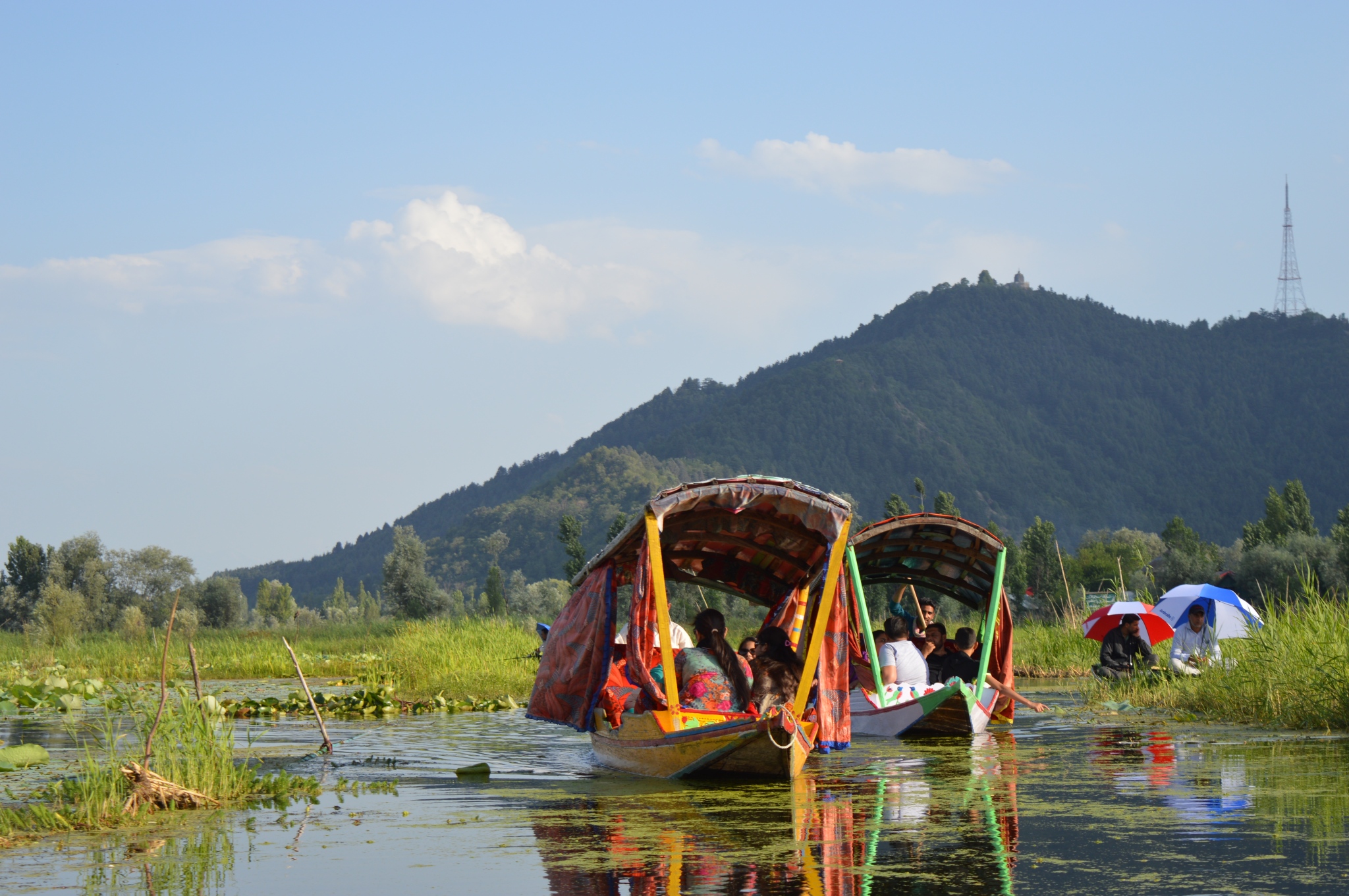
Shikara, a symbol of Kashmiri culture, is a type of colourful wooden boat which can seat half-a-dozen people, with the driver paddling at the rear. We stepped into our shikara boat and reclined ourselves on the velvet bright-colored cushions, surrounded by colourful canopies of floral pattern. We captured varied views of the pine-coverd mountains tovering over the lake from all corners. The Nigeen lake, surrounded by Chinar trees, was quieter than the Dal Lake, which was more commercialised. The water of the lake was so transparent! On our way to Dal Lake, the lush green freshness of Phytoplankton covered water soothed our eyes. We saw local Kashmiris growing lotus, lilies and other vegetables on the lake. Vegetables are grown in abundance on the lake by Kashmiri people to eke out their living.
The boatsman regaled us with Kashmiri tunes on our request and told us about various tidbits about the two lakes. We saw various Government owned shops around the Dal lake, which we visited to buy woollens, pashmina and shawls. These shops were reasonably priced and the salesmen were very welcoming and courteous. We returned to our houseboat where a delicious traditional Kashmiri dinner was waiting for us.
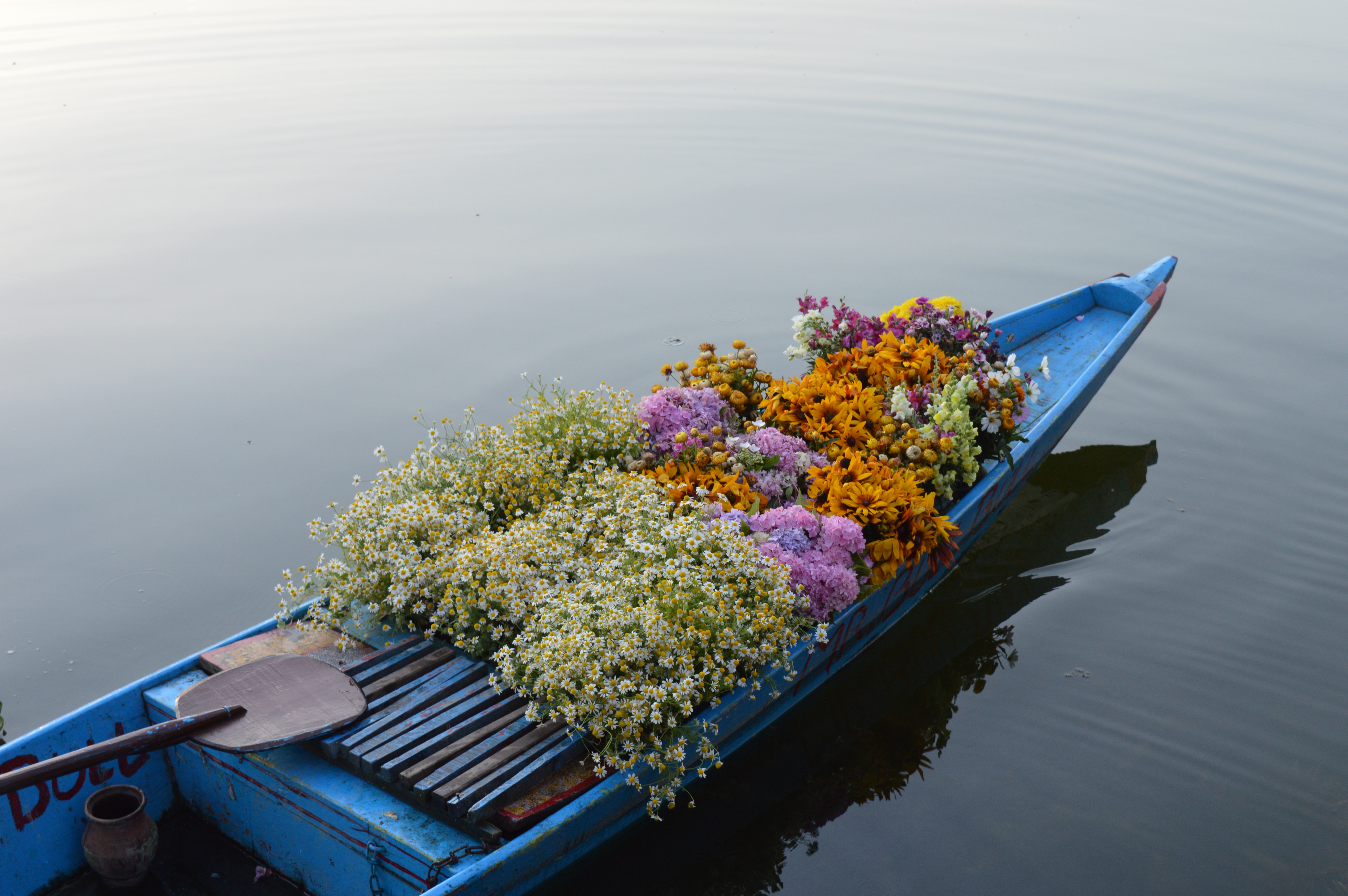 Next morning, we left the houseboat and started for Sonamarg, which was a 2 hour drive from Srinagar. Sonamarg is a hill station in the Ganderbal district of Kashmir. Sonamarg is know for Thajiwas Glacier and Zoji La. We skipped Thajiwas due to bad weather and went directly to Zoji La, which is 15 kms from Sonamarg. Zoji La is the second highest mountain pass and links Kashmir Valley to Ladakh. Zoji La was seized by Pakistani supported invaders during Indo-Pakistani War of 1947 and was later recaptured by India in an assault codenamed Operation Bison. We went to the Zero Point, which is further up the Zoji La on the way to Dras, which is the coldest place in India. Zero point also had a couple of small glaciers with various little tea and maggi stalls at the foot of the glacier. The ride back from the Zero point to Sonamarg was exhilarating with beautiful views of the Sonamarg valley. From Sonamarg we returned back to Srinagar.
Next morning, we left the houseboat and started for Sonamarg, which was a 2 hour drive from Srinagar. Sonamarg is a hill station in the Ganderbal district of Kashmir. Sonamarg is know for Thajiwas Glacier and Zoji La. We skipped Thajiwas due to bad weather and went directly to Zoji La, which is 15 kms from Sonamarg. Zoji La is the second highest mountain pass and links Kashmir Valley to Ladakh. Zoji La was seized by Pakistani supported invaders during Indo-Pakistani War of 1947 and was later recaptured by India in an assault codenamed Operation Bison. We went to the Zero Point, which is further up the Zoji La on the way to Dras, which is the coldest place in India. Zero point also had a couple of small glaciers with various little tea and maggi stalls at the foot of the glacier. The ride back from the Zero point to Sonamarg was exhilarating with beautiful views of the Sonamarg valley. From Sonamarg we returned back to Srinagar.
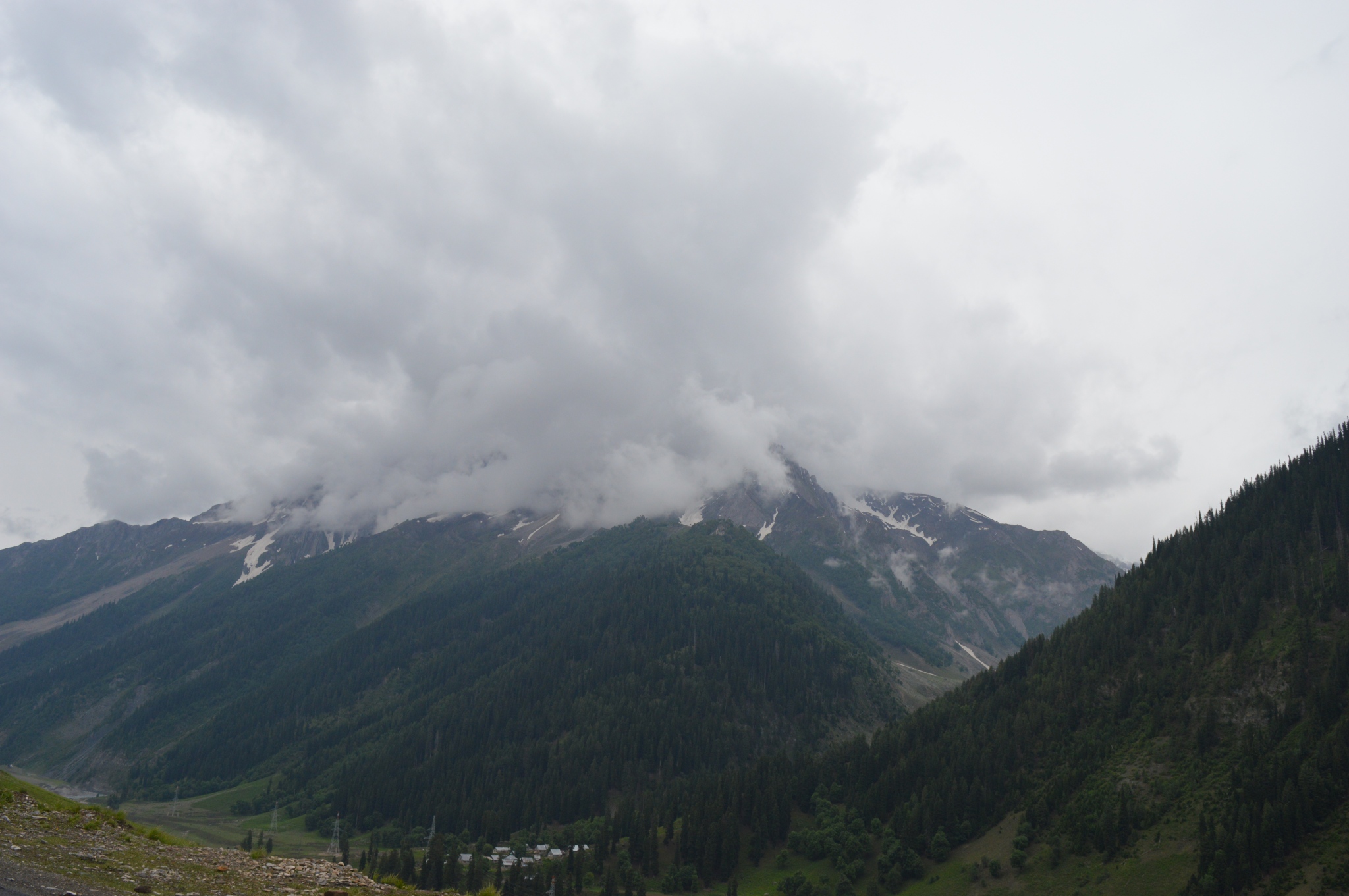
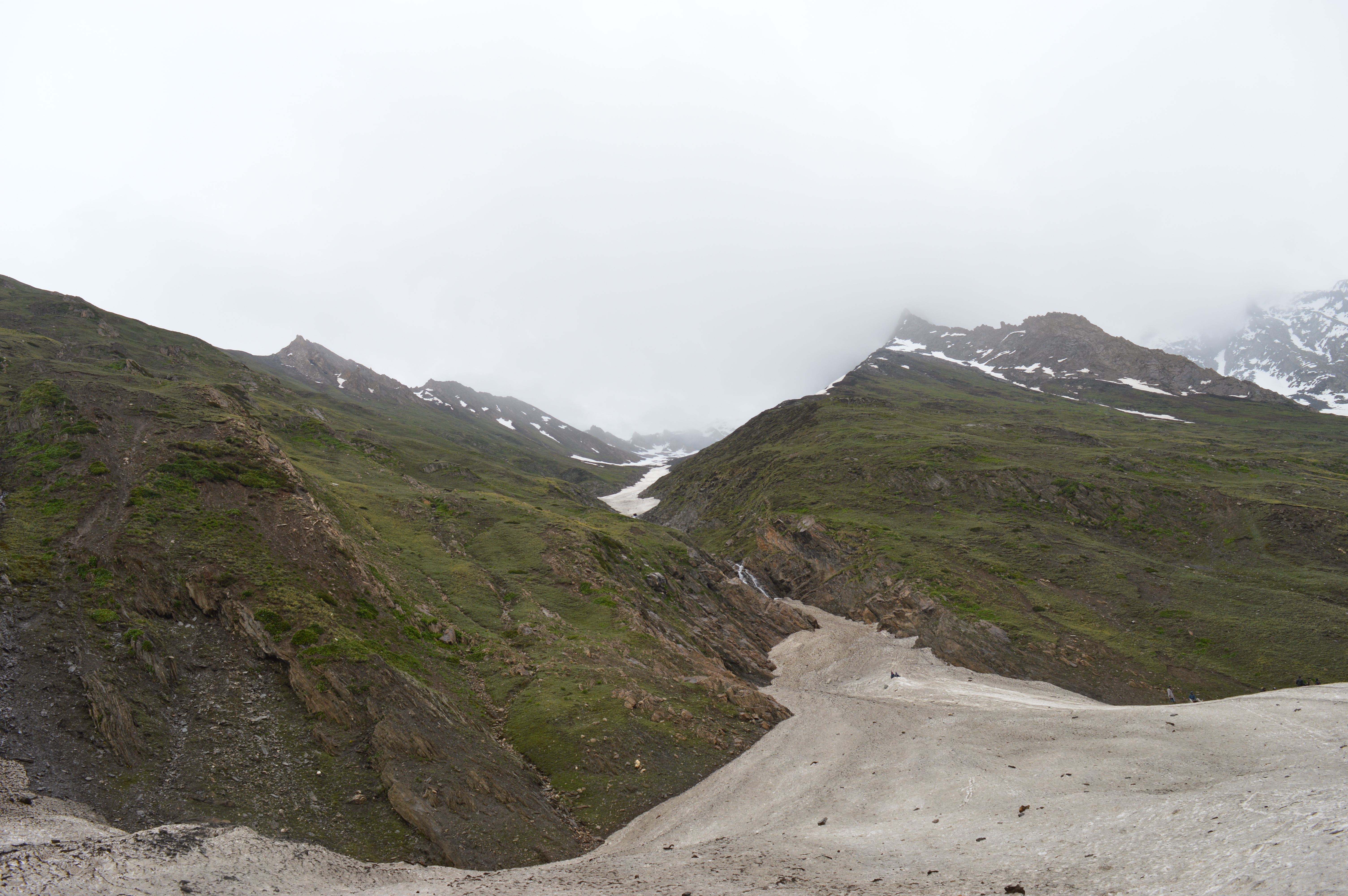
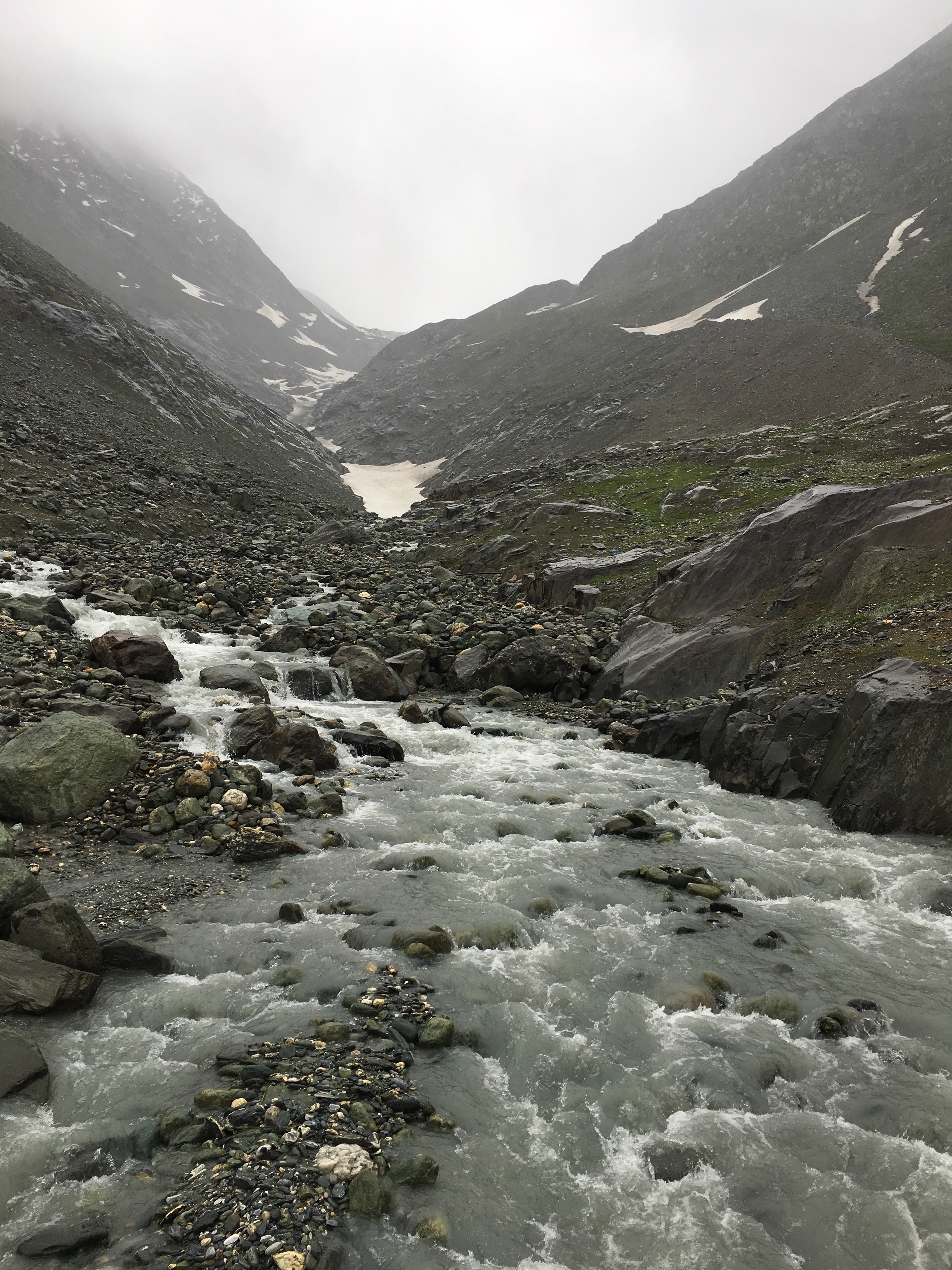
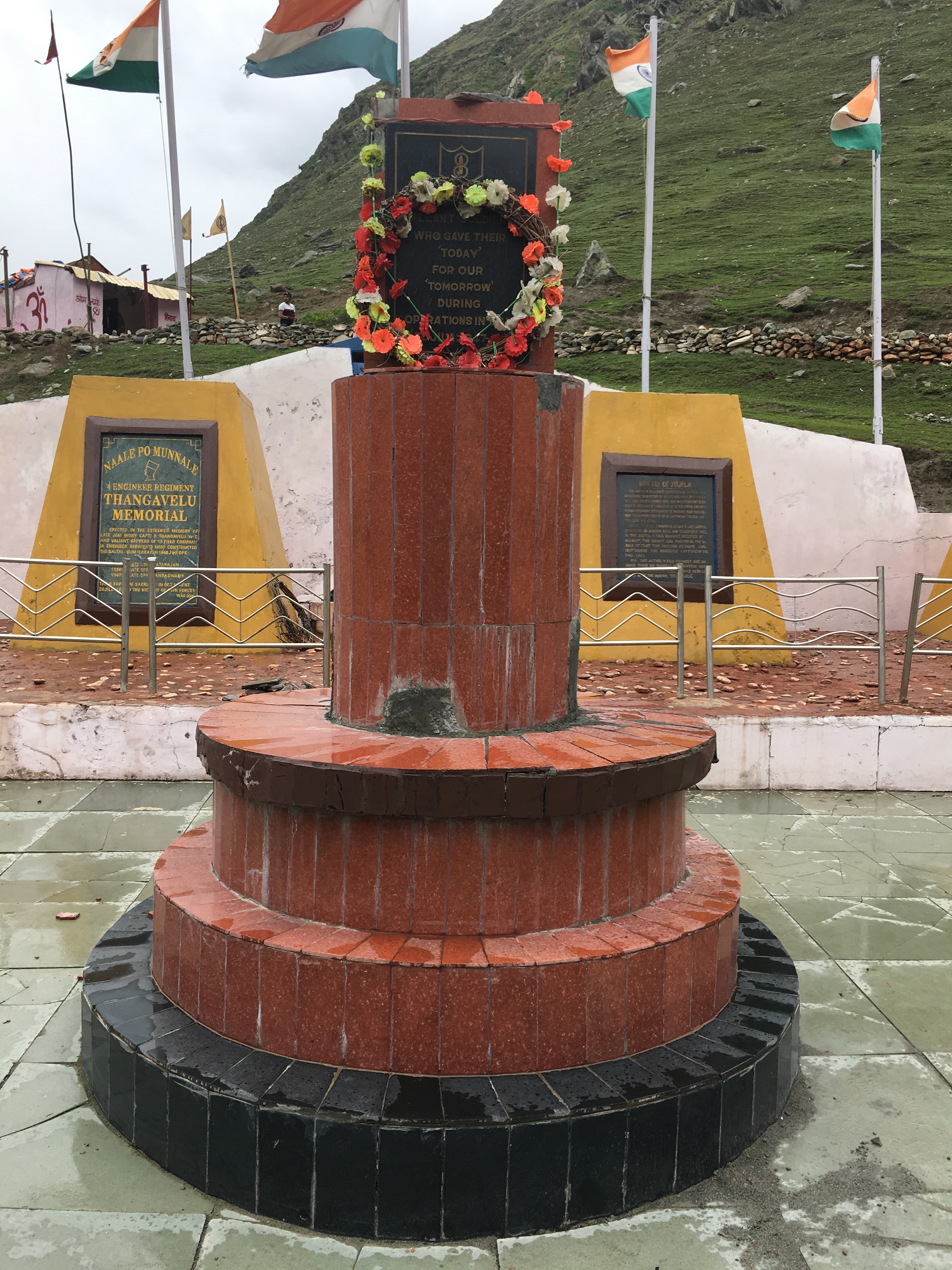
Next day, we visited Shankaracharya Temple which sits atop Shankaracharya Hill. There are 243 steps leading up to the temple area and another 8-10 steps from there to the temple hall. The temple itself dates back to 9th century AD and is believed to be visited by Adi Shankara himself. After this, we drove to the Dachigam National Park, which is 22 kms away from Srinagar. The park covers an area of 141 sq. kms. and only the lower half of the park is accessible to a visitor. After this, we visited Nishat Bagh, a terraced Mughal garden built on the eastern side of the Dal Lake. It is the second largest Mughal garden in the Kashmir Valley. The garden has 12 terraces, one for every zodiac sign and they keep on rising up the mountain side. All the terraces are filled with different coloured roses, lilies, geraniums and asters. We ended our day by visiting Pari Mahal, a seven terraced garden located at the top of Zabarwan mountain range. These gardens were established by Prince Dara Shikoh back in 1600. It had verdant and well-manicured lawns with colourful flowers and fruit trees, which added to the overall appeal of this green space. It offered beautiful views of Srinagar and Dal lake.
The next day we left Srinagar for Pahalgam, which is town in Anantnag District. On our way we saw various apple and walnut orchards. Pahalgam is located on the banks of Lidder River and is known for white-water river rafting. We spent the evening doing river rafting and relaxing at our resort in Pahalgam. The next morning, we visited Betaab valley, which got its name from Sunny Deol-Amrita Singh hit debut film Betaab. The valley was surrounded by lush green meadows, snow clad mountains and was covered with dense vegetation.
After this we visited Chandanwari, which serves as the starting point of the famous Amarnath Yatra that takes place every year, from July to August. It is also known for its snow bridge. We, then drove to the beautiful Aru valley, which had beautiful scenic meadows and snow clad mountain peaks. We were told that Aru valley is usually the starting point of many popular treks like ones to Kolhoi Glacier and Tarsar Lake.
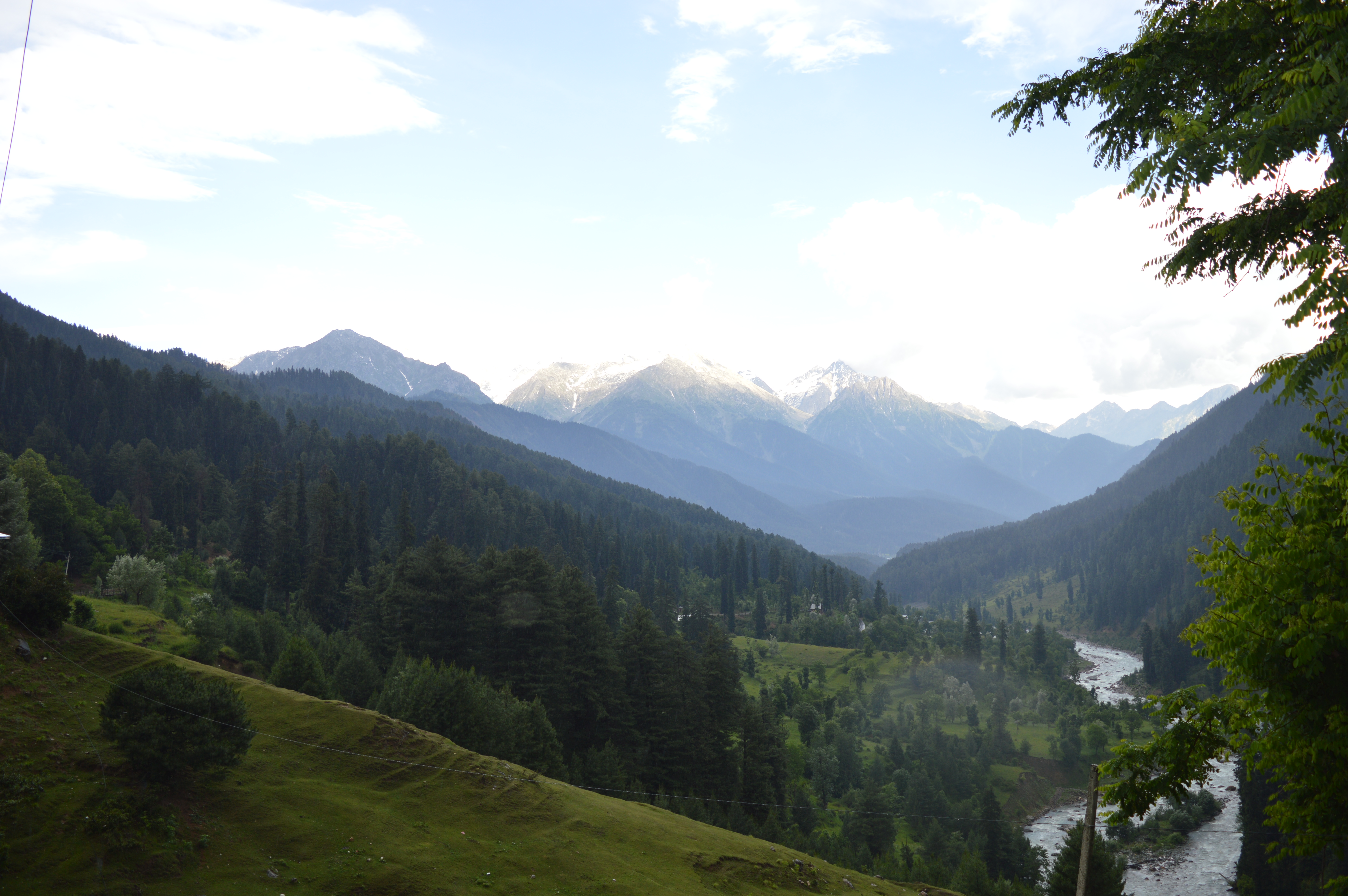











Leave a comment